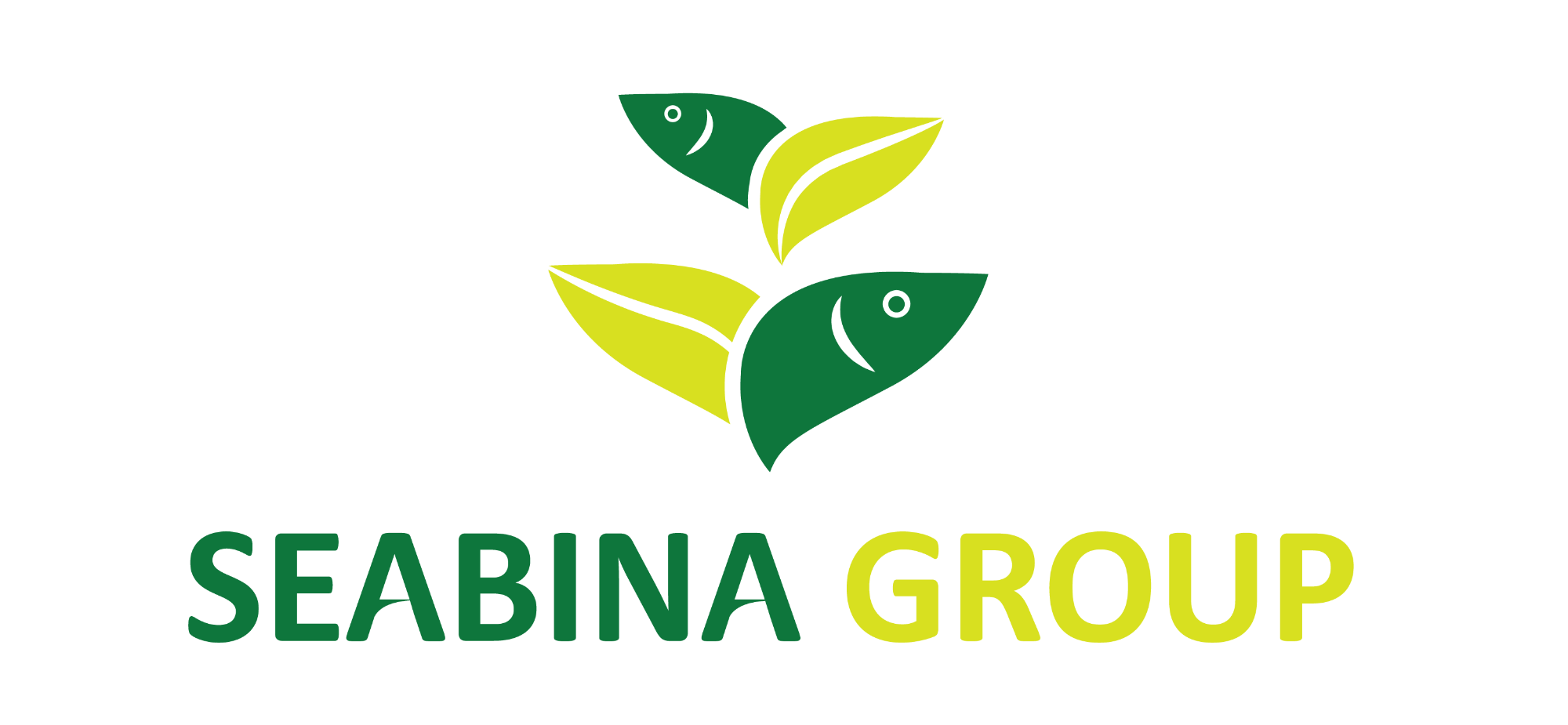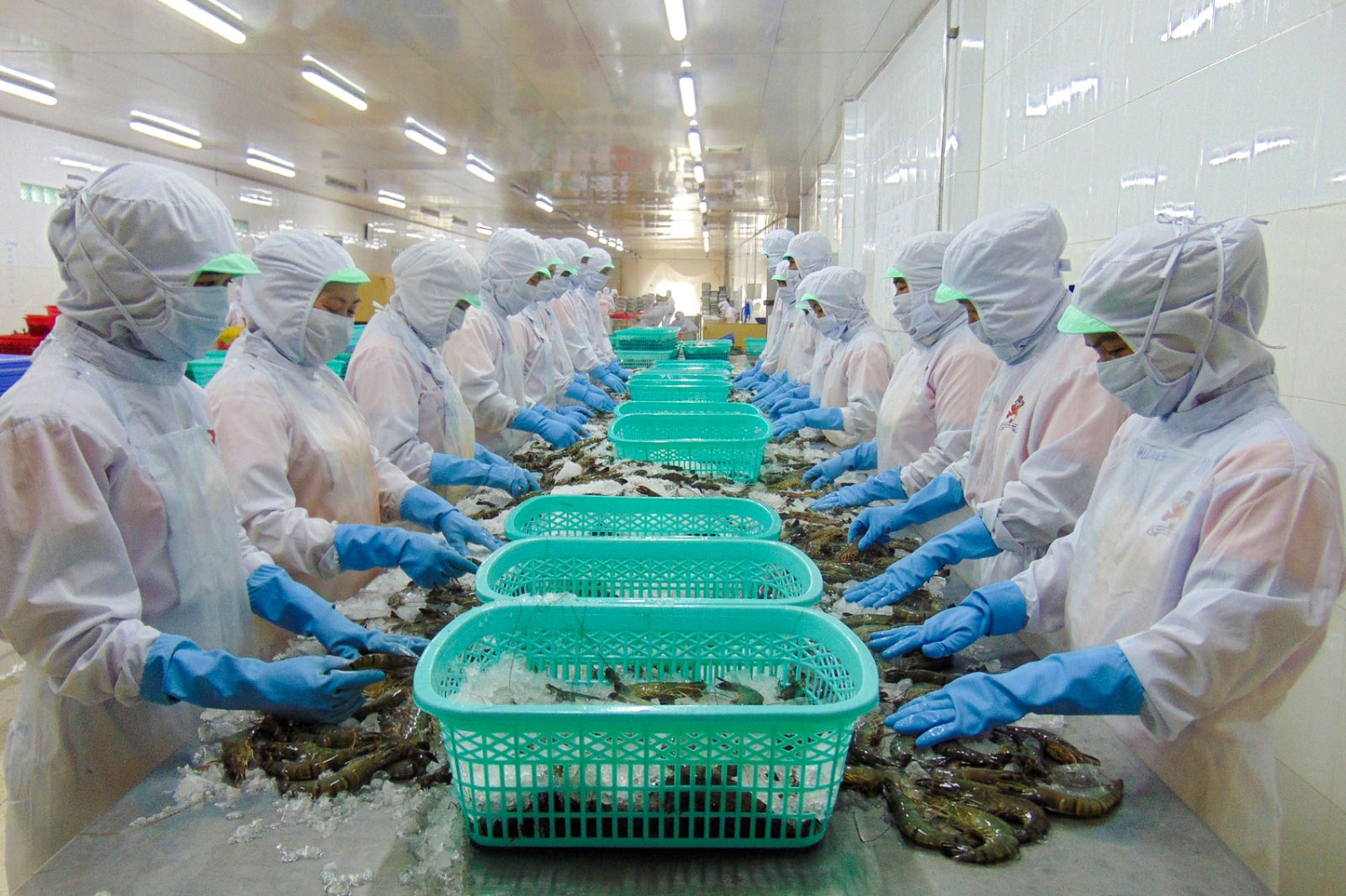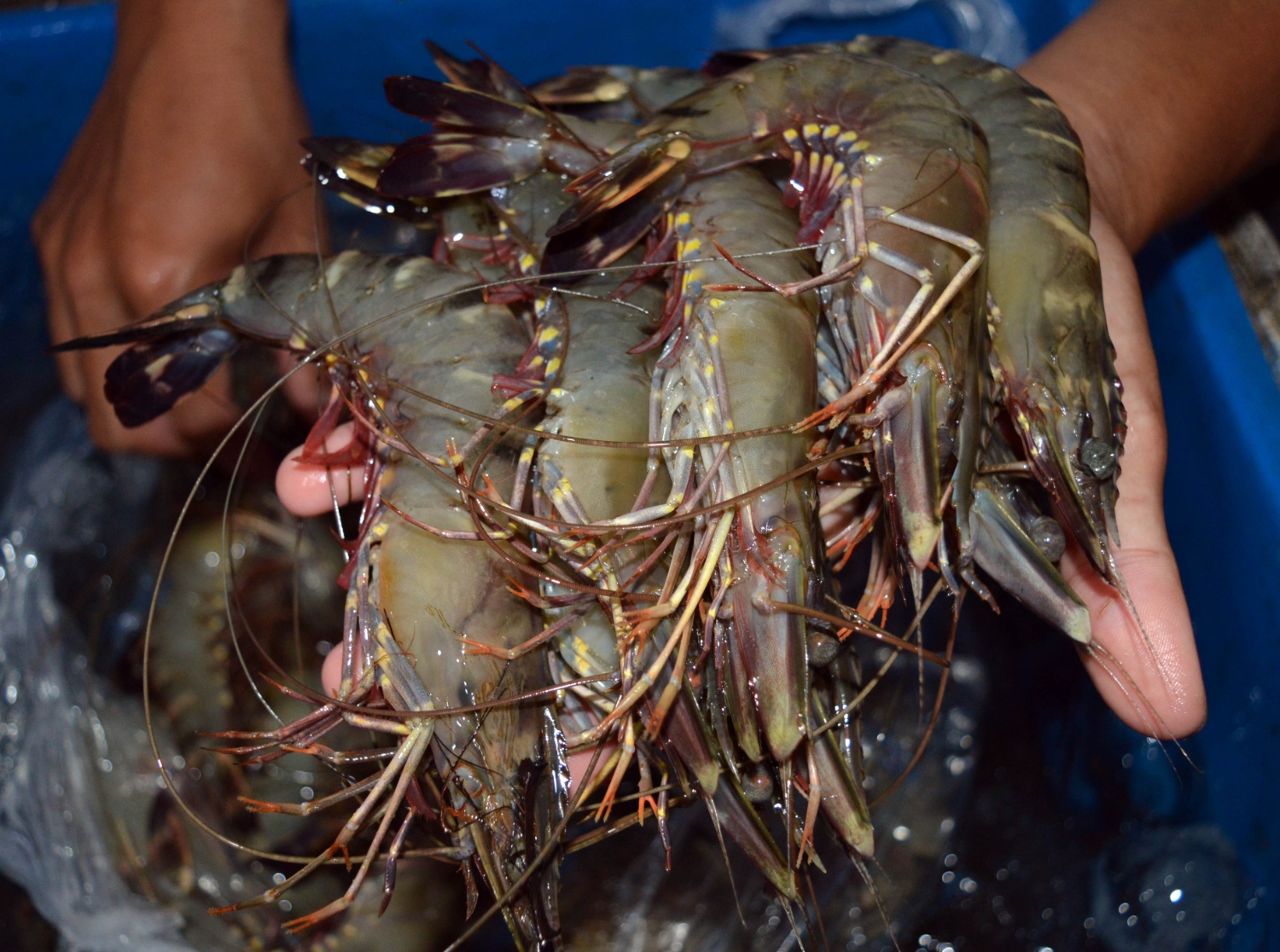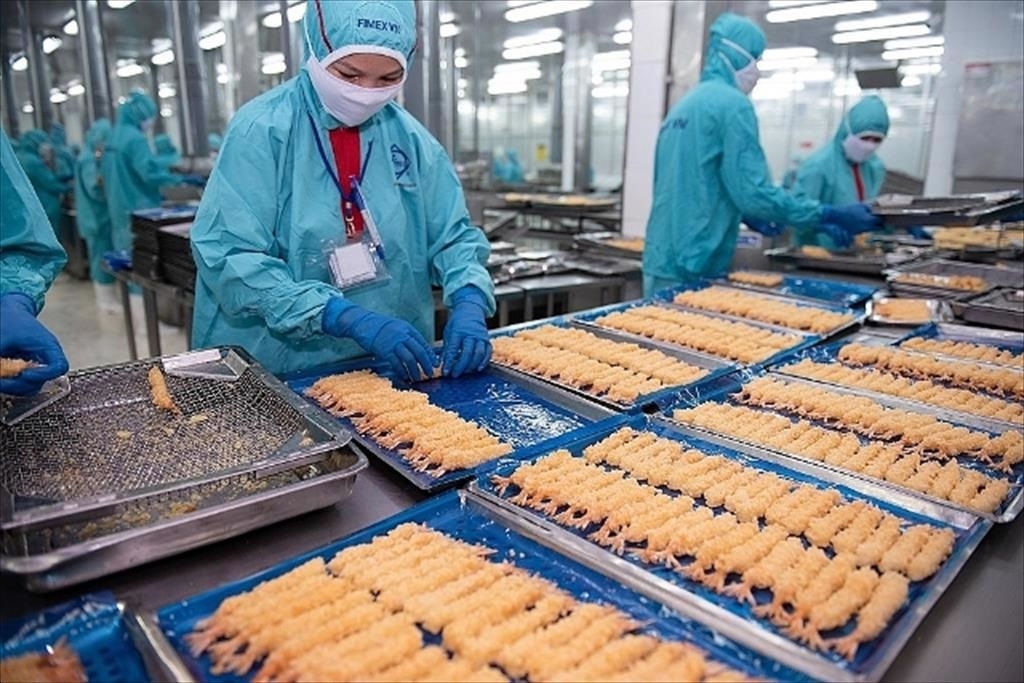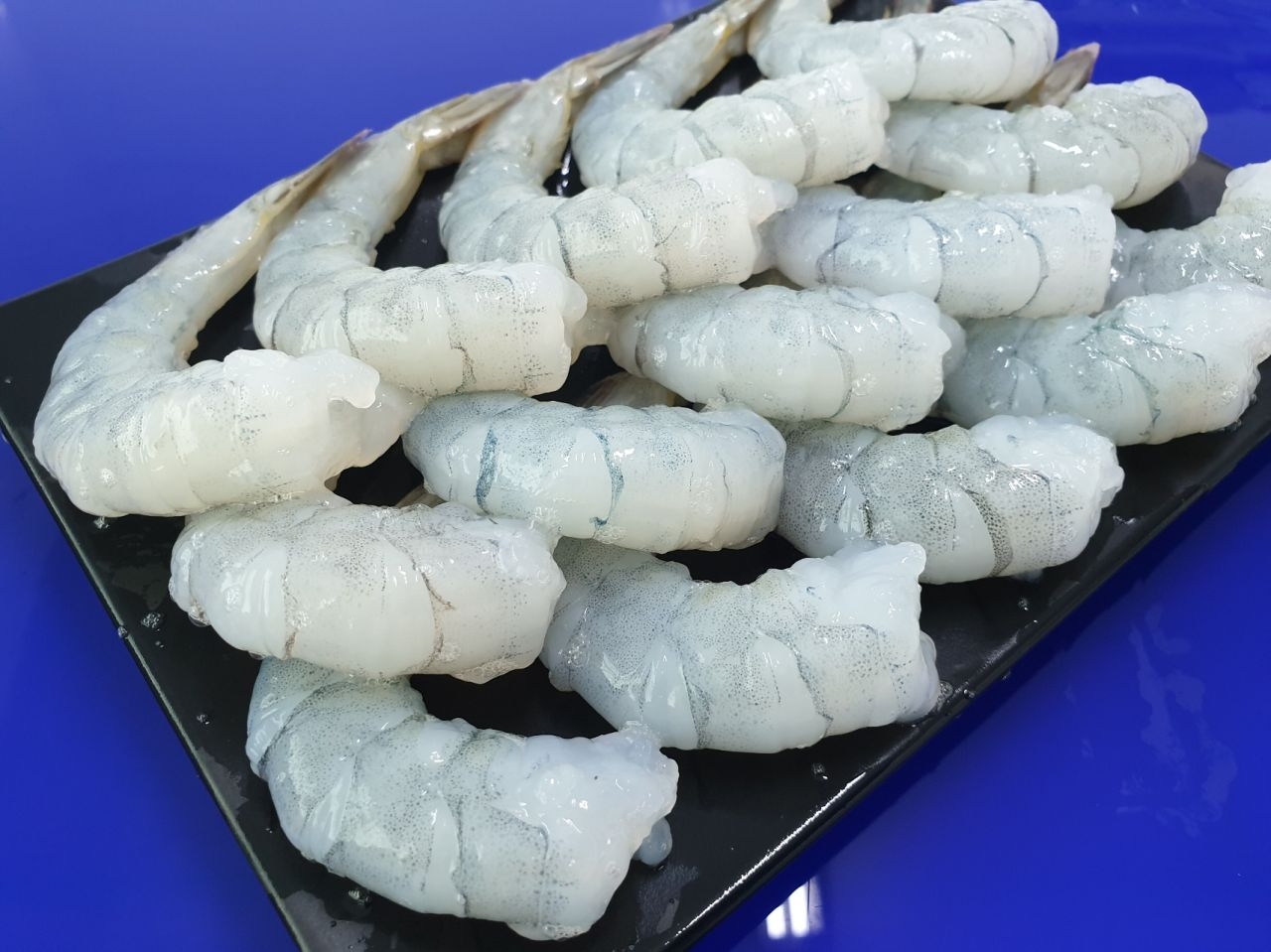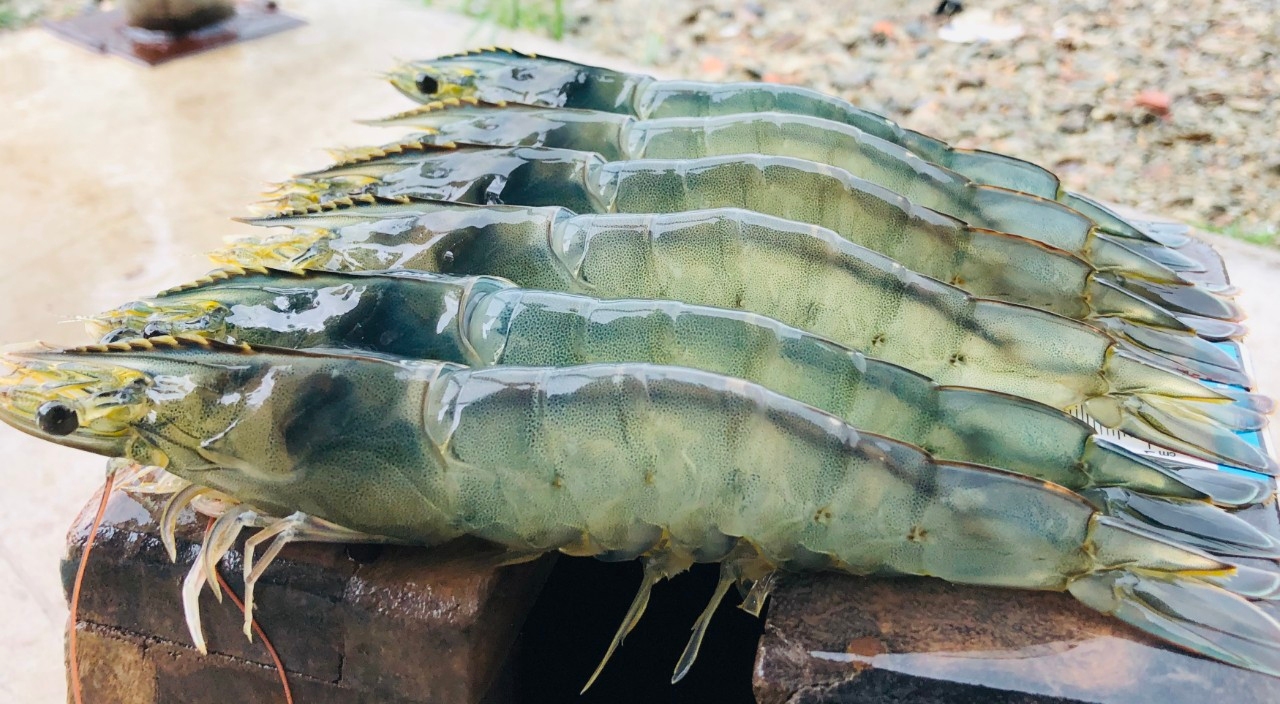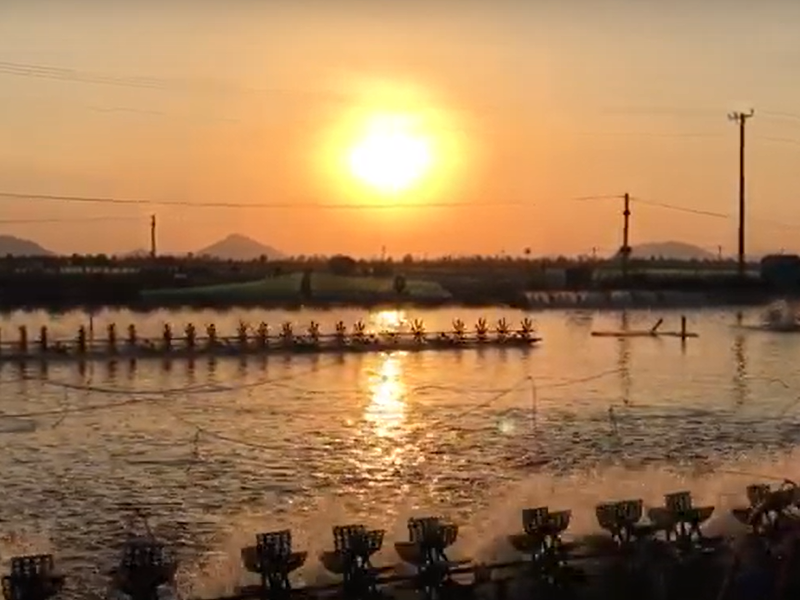
EU shrimp import demand continues to increase
From the beginning of the year until now, Vietnam's shrimp exports to the EU have only decreased in August and September because processing factories had to reduce their operating capacity to prevent the Covid-19 epidemic. positive growth. As of October 15, 2021, Vietnam's shrimp exports to the EU reached nearly $439 million, up 10.3% over the same period last year.

EU is Vietnam's second largest shrimp import market, accounting for 15%. Since the beginning of the year, Vietnam's shrimp exports to the EU market have recorded a good growth rate. The EU's shrimp import demand in the last months of this year continues to increase.
The three main import markets for Vietnamese shrimp in the EU are Germany, the Netherlands and Belgium. As of October 15, 2021, shrimp exports to Germany and Belgium increased by 20% and 2%, respectively, and exports to the Netherlands decreased by 1%.
Vietnam mainly exports to the EU products such as frozen steamed PD black tiger shrimp, frozen Nobashi vannamei, frozen raw HLSO vannamei, frozen Nobashi vannamei, frozen PD raw black tiger shrimp, frozen boiled sushi vannamei, frozen raw black tiger shrimp, frozen PD black tiger shrimp...
In the EU market, Vietnamese shrimp must compete with Argentine red shrimp suppliers. Besides, Vietnamese shrimp has to compete strongly with Ecuadorian suppliers. Ecuador has the advantage of low shrimp prices and easy transportation. In the last two years, Ecuador has penetrated the European market with products ranging from raw PD and PTO to steamed shrimp products. This year, while Asian suppliers to the EU market faced many difficulties in logistics, Ecuador took advantage of this opportunity to increase exports to the EU.
According to the World Trade Center (ITC), in the first eight months of this year, shrimp imports into the EU reached $4.4 billion, up 16% over the same period last year. France, Spain and Germany are the three largest shrimp import markets in the EU. Shrimp imports of these three markets increased by 32%, 28% and 10% respectively in the first 8 months of this year.
One year after the EVFTA Agreement between Vietnam and the EU took effect, Vietnam's shrimp exports to the EU market have also recorded good growth. Products that are exempt from tax right after the Agreement comes into force include HS code 03061792 and HS code 03061799. However, the EU market requires very strict requirements on food hygiene and safety and traceability must be favorable. .
After a sharp decline in 2020, the EU economy is on the rebound and is expected to return to normal as soon as 2022. It is forecasted that in 2021, the EU's economy can achieve a growth rate of over 5% compared to that of the EU. 2020.
To restore the post-COVID-19 economy, the EU has activated many support packages and disbursed production recovery funds to rebuild commodity supply chains. In the last months of this year, the EU is very scarce for goods because many EU supply partners are struggling with the COVID-19 epidemic, plus the pressure of high sea freight rates while consumer demand in the last few months of year-end of the EU population increased.
This is an advantage for Vietnamese suppliers to the EU. However, this advantage does not last long because in just 6 months to 1 year, new supply chains will become stable, and it will be more difficult for new businesses to penetrate the market. In addition, many other countries in the region have also promoted negotiations for a free trade agreement with the EU to exploit this potential market, competitive pressure will gradually increase.
Therefore, Vietnamese enterprises, despite facing many difficulties after the quarantine period, must devote all resources to restore production, taking advantage of the current opportunity to consolidate and develop market share in the EU market.
In the past few days, the emergence of many positive cases in the Mekong Delta provinces and spreading to seafood processing factories has put great pressure on ensuring safety and stabilizing production. It is important now to promote adequate vaccination for workers throughout the shrimp production chain.
Source: VASEP
Other news
- Early stocking to get good price 21/12/2024
- Shrimp prices rise again in Vietnam, and reach 12-month high in India 28/08/2024
- Vietnamese Shrimp Industry Faces Many Challenges: Farmers Prefer Quality but Cheap Shrimp Seeds 01/08/2024
- Raw shrimp prices fall: Another challenge the shrimp industry must overcome 03/07/2024
- Storms in the shrimp industry may last in 2024 07/05/2024
- Vietnam's Seafood Exports Reach $2 Billion In Q1 03/04/2024
- King of shrimp industry profits in 2023 02/04/2024
- A difficult story for shrimp 11/03/2024
- Shrimp exports face a difficult problem 23/02/2023
- Vietnam’s shrimp exports reached 141 million USD in the first month of 2023 22/02/2023
